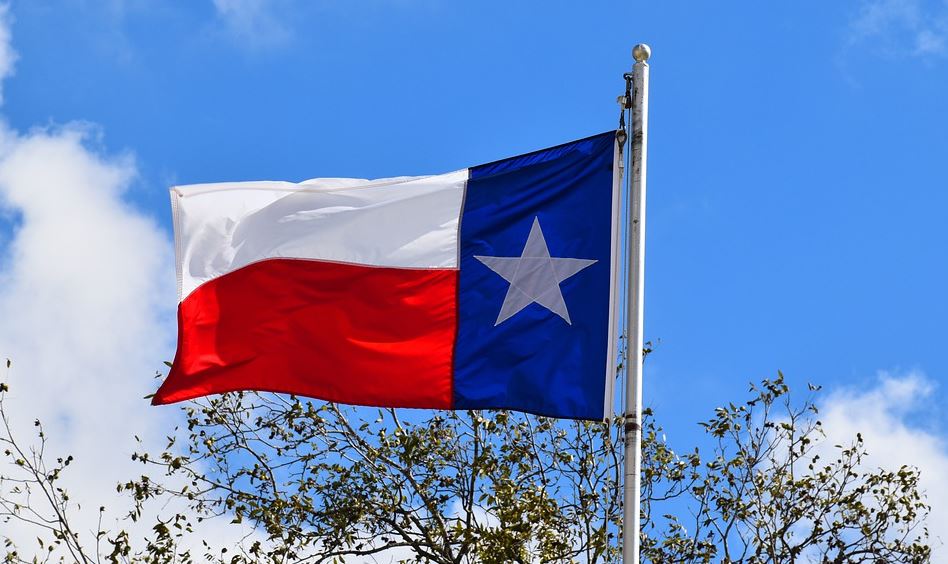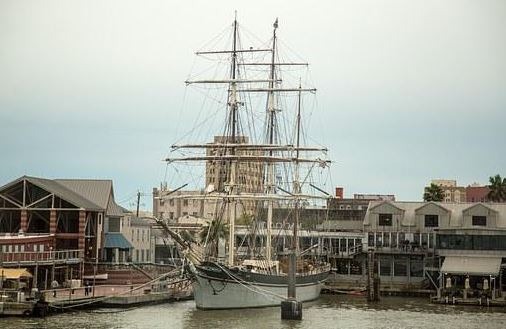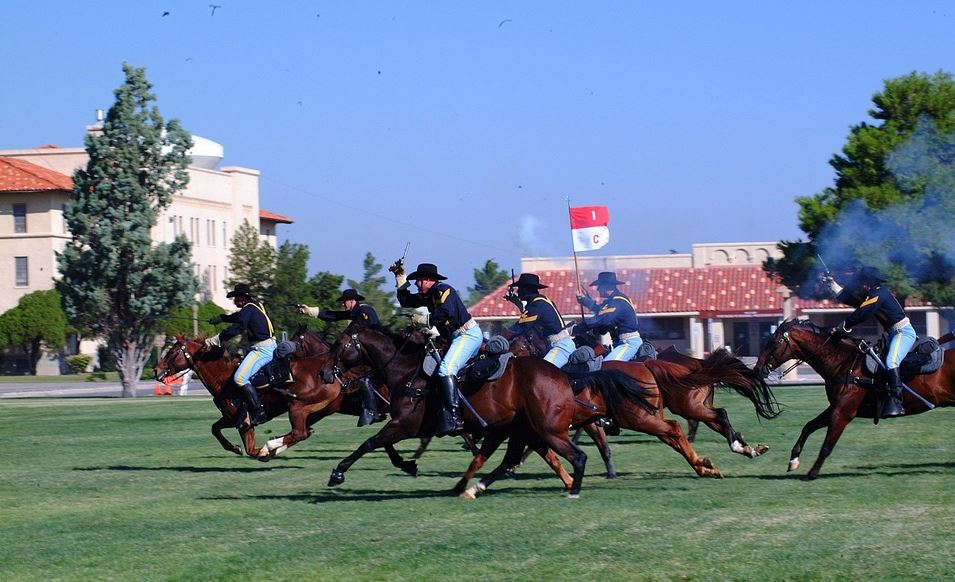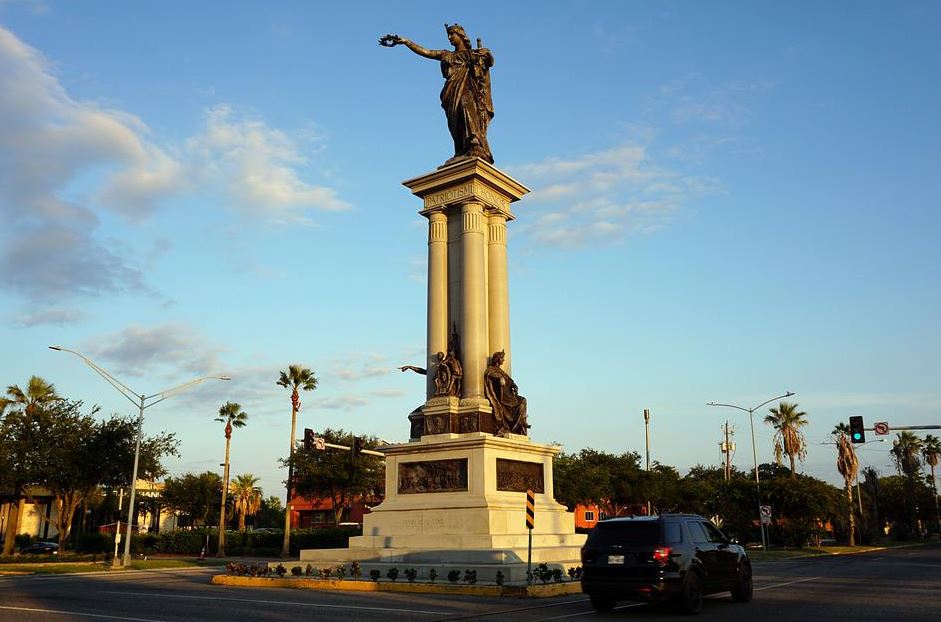The state of Texas is a part of the Union of the United States of America. In 1845, it joined the union as the 28th state. After Alaska, Texas is the state with the second-largest land area. It is located in the country’s southernmost region. From north to south, the state is about 1,600 km long, and from east to west, it’s about the same length.
First Settlers
The first Europeans to move to Texas were Spanish missionaries. In 1718, they founded San Antonio. Texas had few people because the natives were hostile and it was far away from other Spanish colonies. After the American Revolutionary War and the War of Mexican Independence, the new Mexican government started letting people from the U.S. claim land there. This caused the number of people to grow quickly, but it also drastically cut the number of people with Mexican roots. This made the government in Mexico City unhappy
French Colonization of Texas Between 1684 And 1689
Even though lvarez de Pineda claimed what is now Texas for Spain, no one really paid attention to the area for more than 160 years. Europeans accidentally became the first people to live there. René-Robert Cavelier, Sieur de La Salle, a French nobleman, claimed the whole Mississippi River Valley for France in April 1682. The next year, he was able to persuade King Louis XIV to start a colony near the Mississippi River. This effectively split Spanish Florida from New Spain.
The French colony in Texas was set up by René-Robert Cavelier, Sieur de La Salle. After the fort was built, one of the ships went back to France, and the other two were soon sunk by storms, leaving the settlers without transportation. La Salle and his men looked for the Mississippi River by traveling overland. They went as far west as the Rio Grande and as far east as the Trinity River. Disease and hard times destroyed the colony, and by the beginning of January 1687, only 45 people were left. In that same month, a third expedition set out to find the Mississippi one last time. The people on the expedition fought with each other a lot, and La Salle was killed in an ambush somewhere in East Texas.
In 1685, Spain found out about the French colony. The Council of War under King Carlos II thought that the French colony was a threat to Spanish mines and shipping routes “This thorn that has been stuck in the heart of America. The longer we wait, the harder it will be to get rid of it.” Over the next three years, the Spanish sent out ten land and sea expeditions to find La Salle. The last expedition found a French deserter living with the Coahuiltecans in southern Texas.
In late April 1689, the Frenchman led the Spanish to the French fort. The fort and the five crude houses around it were in ruins. A few months earlier, the Karankawa attacked the settlement because the French had taken their canoes without paying for them. Only four children were left alive.
The Founding of a Spanish colony
The news that the French fort had been destroyed “created instant optimism and increased religious fervor” in Mexico City. During the many expeditions to find Fort Saint Louis, Spain had learned a lot about the geography of Texas. In March 1690, Alonso De León led an expedition to set up a mission in East Texas. Mission San Francisco de los Tejas was finished near the Hasinai village of Nabedaches in late May, and its first mass was held on June 1.
In 1711, Franciscan missionary Francisco Hidalgo asked the French governor of Louisiana for help. Hidalgo met with representatives from the French governor’s office. This worried the Spanish government, which ordered the reoccupation of Texas as a buffer between New Spain and French settlements in Louisiana. In 1716, four missions and a presidio were built in East Texas.
Over 400 miles (644 kilometers) separated the new missions from the closest Spanish colony, which was located in San Juan Bautista. Martin de Alarcón, who became governor of Texas in late 1716, wanted to set up a way station between the settlements along the Rio Grande and the new missions in East Texas. In April 1718, Alarcón led a group of 72 people, including 10 families, into Texas, where they settled along the San Antonio River.
Anglo-American Attempts at Colonization
Anglo-Americans were attracted to Texas because the land was cheap and they thought that annexing Texas to the United States was likely and would make the land more valuable. Some settlers ran away from debts and sought refuge in the Mexican colony, where they were safe from American creditors. People who moved to Texas faced isolation and hardship as they set up their homesteads and worked the land to make a living.
After Mexico got its independence in 1821, it continued the Spanish colonization plan by giving contracts to people who wanted to settle in Texas. This was done to protect Texas from the growing United States and from hostile Indians “They were called “empresarios,” and they were land agents who helped settle and watch over qualified immigrants. During the time that Mexico ruled Texas, about 30 colonization contracts were made, and about 9,000 families moved there. All grants had more or less clear geographic boundaries, and entrepreneurs had six years to carry out their contracts.
The Republic of Texas also gave land to people who came to live there. The 1836 Constitution said that all heads of families living in Texas on March 4, 1836, except for Africans and Indians, were given “first class” head rights of one league and one labor (4,605.5 acres), and single men were given one-third of a league (1,476.1 acres). During the Texas Revolution, both the Republic of Texas and the State of Texas gave land to people who joined the army.
The Republic of Texas gave out a few contracts to people who wanted to live there. A contract signed on January 29, 1844, let the Mercer colony be the last one to be made. The Convention of 1845 said that colony contracts should end when Texas became part of the United States where the Lone Star and the Longhorn is the state symbol.






